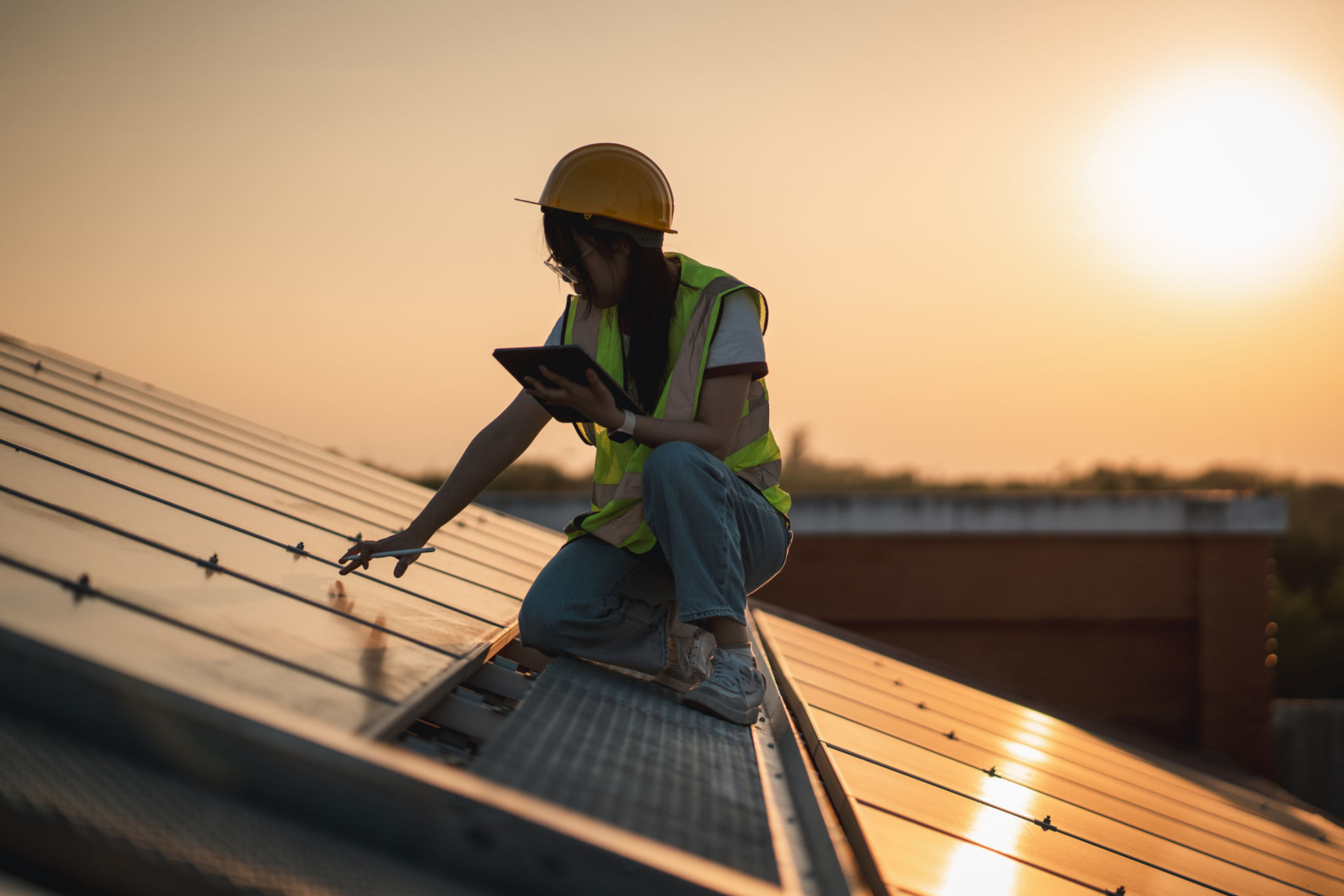The Ultimate Guide to Solar Camera Systems for Construction Sites
Introduction to Solar Camera Systems
Construction sites are bustling hubs of activity, often spread over large areas and frequently located in remote places. Ensuring security and monitoring progress can be challenging without the right tools. This is where solar camera systems come into play, offering a reliable, eco-friendly solution for construction site management.
Solar-powered cameras are equipped with robust features that allow for effective surveillance without the need for a traditional power source. This makes them ideal for locations where running electricity might be impractical or costly. By harnessing solar energy, these systems provide an uninterrupted power supply, ensuring continuous operation even in cloudy conditions.

Key Benefits of Solar Camera Systems
One of the primary benefits of using solar camera systems is their environmental friendliness. By utilizing renewable energy from the sun, these systems significantly reduce carbon footprints compared to traditional electricity-dependent cameras. Additionally, they are cost-effective in the long run, as they eliminate electricity bills and reduce the need for extensive cabling.
Another advantage is flexibility and mobility. Since solar cameras do not require fixed wiring, they can be easily relocated as needed. This is particularly beneficial on construction sites where the landscape and focus areas may frequently change during different project phases.

Features to Consider
When selecting a solar camera system for a construction site, several features should be considered to ensure optimal performance:
- Resolution: High-definition cameras provide clearer images, crucial for identifying details and monitoring site activities.
- Night Vision: Infrared capabilities allow for effective monitoring even in low-light conditions.
- Weather Resistance: Durable cameras that can withstand harsh weather conditions are essential for outdoor use.
- Storage and Connectivity: Options like cloud storage and wireless connectivity offer flexibility in data management and access.
Installation and Maintenance
Installing solar camera systems is relatively straightforward due to their wireless nature. They can be mounted on poles, buildings, or any other suitable structure. It is crucial to position the solar panels to maximize sun exposure throughout the day for optimal performance.
Maintenance is minimal, primarily involving regular cleaning of the solar panels to ensure efficient energy absorption. Periodic checks on the camera lenses and housing will help maintain image quality and longevity.

Choosing the Right System
Selecting the right system depends on several factors including site size, specific security needs, and budget constraints. Consulting with security professionals can aid in evaluating different models and determining the best fit for your particular requirements.
Additionally, consider systems that offer scalability. As the construction progresses or expands, having the ability to easily add more cameras can be highly advantageous.
Conclusion
Solar camera systems present a modern, sustainable solution for construction site surveillance. With their numerous benefits, from cost savings to environmental impact reduction, they are rapidly becoming a preferred choice for project managers aiming to enhance site security and operational efficiency.
By carefully selecting and maintaining a suitable system, construction sites can achieve robust security coverage while promoting eco-friendly practices. As technology advances, these systems will continue to evolve, offering even more innovative features to meet the demands of ever-changing construction environments.
